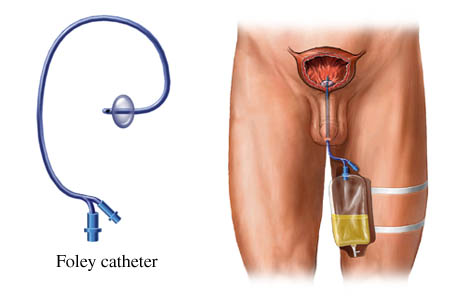Chronic Interstitial Pneumonia.
Synonyms.—Cirrhosis of the Lungs; Fibroid Pneumonia; Fibroid Induration.
Definition.—A chronic inflammation of the lungs, in which the normal air-cells are replaced by fibrous or connective tissue, followed by induration and atrophy of the lung.
Etiology.—It is not definitely known why fibroid changes take place in normal tissue following inflammatory conditions. The disease is nearly always secondary, the plastic exudate accompanying the primary lesion becoming organized into fibrous tissue in place of being removed by the absorbents. It may follow several pulmonary affections; thus, in lobar pneumonia, where resolution is long delayed, the exudate fills the air-cells, becomes organized, and the parenchyma of the lung is changed into fibrous or connective tissue.
Broncho-pneumonia often precedes the disease, while atelectasis and chronic bronchitis are not infrequently followed by cirrhosis of the lung.
Pleurisy.—Chronic pleurisy may be the forerunner of the lesion, the process of tissue formation extending into the lung from the thickened pleural membrane.
As a primary cause may be mentioned long-continued inhalation of different kinds of dust; thus we have cirrhosis or phthisis from the inhalation of dust in the stoneyard, or from workers in iron, brass, or coal, flour-mills, etc.
Pathology.—The disease is nearly always confined to one lung, though, in very rare cases, both lungs may be involved, while localized areas are the rule.
The affected lung becomes atrophied, and, in extreme cases, may be no larger than the closed hand, Anders recording a case where the measurements were only three by four inches. As a result of the shrinkage of lung-tissue, the heart, especially the right side, undergoes hypertrophy. The indurated lung presents a rough or nodular surface, is heavy, dense, tough, and resisting on section.
A cut surface shows the tissue dry and glistening and of varied appearance, according to the character of the irritant. The blood vessels are atrophied, and, in some cases, show but a trace of their character. The alveolar structure in extreme cases is replaced by fibrous tissue. When tuberculosis exists, cavities of varying size and number are found.
The fellow lung generally undergoes compensatory emphysema. The pleura is generally very much thickened, and adhesions more or less extensive between its free surfaces are found, and not infrequently between the pleura and pericardium.
Symptoms.—When the disease begins as an acute pneumonia, there is nothing in the earlier stages to suggest its fibroid character.
The usual time for convalescence, from seven to ten days, having passed, and the dyspnea becoming a chief symptom, and the cough persistent or paroxysmal, the true nature of the disease should be suspected.
As it ordinarily begins, cough and dyspnea are among the first prominent symptoms. On slight exertion, as climbing stairs or rapid walking, the breathing becomes labored and hurried and the cough distressing. The patient gradually loses flesh and strength, and the common verdict is consumption. When the bronchi become dilated, the characteristic symptoms of bronchiectasis are present.
There is no fever; in fact, a subnormal temperature is quite common.
Physical Signs.—Inspection shows a retraction of the affected side, an obliteration of the intercostal spaces due to the ribs closing the opening, and an immobility of the affected side made prominent by mensuration. The heart will be inclined to the affected side. The chest wall is prominent on the sound side, due to compensatory emphysema.
Percussion.—Percussion shows a marked, difference in the two sides,—dullness or flatness on the affected side, with a tympanitic note where a cavity exists, or due to a dilated bronchus; on the opposite side there is hyper-resonance.
Auscultation.—Various sounds are revealed by auscultation. Where cavities exist, the cavernous or amphoric sound will be heard, otherwise the respiratory sound will be feeble and distant. Bronchial breathing is the rule.
Diagnosis.—The diagnosis is not readily made early in the disease, but as retraction of the affected side becomes prominent and the physical signs already noted are present, the diagnosis becomes easy.
Prognosis.—The disease is not curable, though life may be prolonged for years. Recurring bronchitis is apt to accompany the disease, and acute pneumonia of the opposite lung may terminate the life. Rarely, death results from failure of the right heart.
Treatment.—The treatment consists in securing a better nutrition and building up the general health; good, nutritious food, an outdoor life in a suitable climate, one where there is a maximum amount of sunshine, moderate altitude, and where the climate is dry.
The medicinal treatment will be symptomatic, selecting remedies for relief of cough and such other conditions as may arise.
http://www.henriettesherbal.com/ecle...a-chr-int.html


